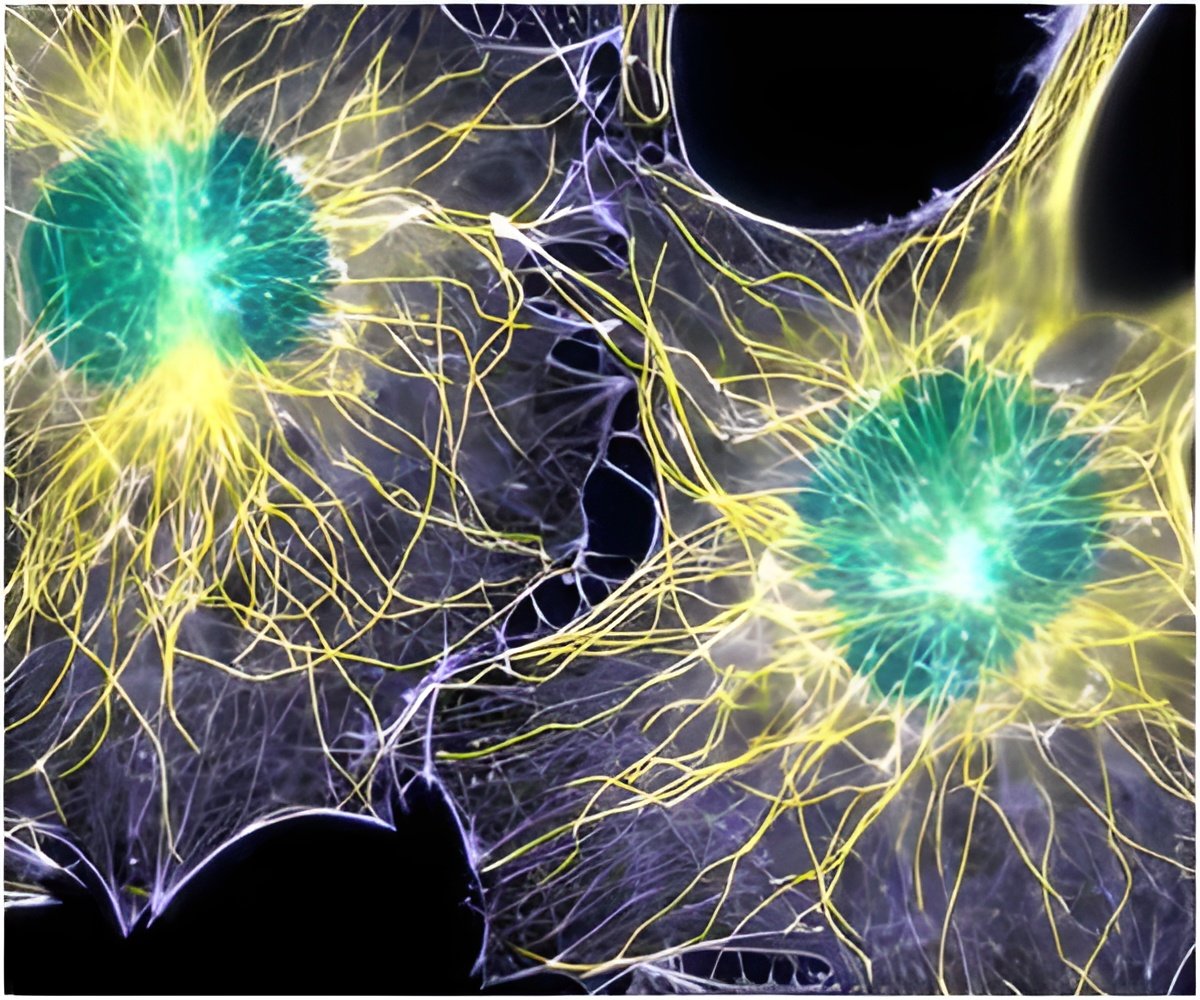
This is a crucial issue in cancer, which is characterized by uncontrolled cell growth.
The researchers chose roundworm because despite all the advances in genetic science, showing that the Ras oncogene is mutated in most pancreatic cancers, the complexity of the signalling pathways in humans was making it difficult to identify potential therapeutic targets.
"In humans the cell signalling pathways are very complex; there are more than 20 different downstream partners beyond the two proteins we study - Raf and RalGEF - that Ras can choose to interact with," said lead researcher Channing Der.
"In C. elegans, there is only one of each protein. That made it easier for us to identify how Ras chooses a partner to 'dance' with and what are the critical events in the subsequent cell development that promote cancer," he said.We found an elegant mechanism by which Ras switches partners and showed that the choice leads to very different fates for the cell. Now we can go back to the human pancreatic cancer cell and ask whether similar mechanisms are at work in determining how Ras causes pancreatic cancer," he added.
It is very common that scientists use a simpler organism to study genetic and cellular activity that might be almost impossible to map in humans.
Advertisement
"It's a great thing for us as people, because there is a great deal of redundancy in our biological systems that helps them self-repair and function better, but it makes it a lot harder to study what's going on at a basic level," he said.
Advertisement
Source-ANI














